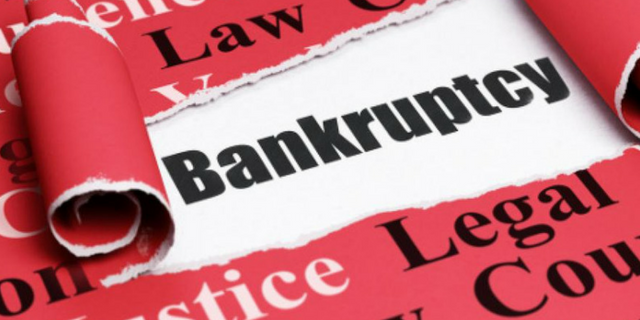Comprehending Insolvency
Insolvency provides a private or organisation a chance to start fresh by flexible financial obligations that simply can not be paid while offering creditors a chance to get some measure of payment based on the person's or company's possessions readily available for liquidation. In theory, the ability to submit for insolvency advantages the total economy by allowing people and companies a second possibility to get to credit and by offering financial institutions with a part of financial obligation payment. Upon the effective conclusion of bankruptcy procedures, the debtor is eliminated of the debt obligations that were sustained prior to applying for insolvency.
All personal bankruptcy cases in the United States are handled through federal courts. Any choices in federal personal bankruptcy cases are made by a bankruptcy judge, including whether a debtor is qualified to submit and whether they need to be discharged of their financial obligations. Administration over bankruptcy cases is typically handled by a trustee, an officer selected by the United States Trustee Program of the Department of Justice, to represent the debtor's estate in the case. There is generally very little direct contact between the debtor and the judge unless there is some objection made in the event by a financial institution.
Kinds Of Personal Bankruptcy Filings
Bankruptcy filings in the United States fall under one of a number of chapters of the Insolvency Code, including Chapter 7, which involves the liquidation of possessions; Chapter 11, which handles business or private reorganizations; and Chapter 13, which schedules financial obligation payment with decreased debt covenants or particular payment strategies. Insolvency filing expenses differ, depending upon the type of bankruptcy, the intricacy of the case, and other aspects.
Chapter 7 Bankruptcy

People-- and in many cases organisations, with couple of or no possessions-- typically file Chapter 7 personal bankruptcy. It allows them to get rid of their unsecured financial obligations, such as credit card balances and medical bills. Those with nonexempt possessions, such as family treasures (collections with high appraisals, such as coin or stamp collections); 2nd homes; and cash, stocks, or bonds need to liquidate the property to pay back some or all of their unsecured financial obligations. An individual filing Chapter 7 insolvency is essentially selling their assets to clear their financial obligation. Individuals who have no valuable possessions and just exempt residential or commercial property-- such as home goods, clothing, tools for their trades, and an individual car worth approximately a particular value-- may wind up repaying no part of their unsecured financial obligation.
Chapter 11 Personal bankruptcy
Businesses often submit Chapter 11 personal bankruptcy, the goal of which is to reorganize, stay in organisation, and once again become successful. Submitting Chapter 11 insolvency enables a company to create strategies for success, cut costs, and find new ways to increase earnings. Their preferred stockholders, if any, may still get payments, though typical investors will not.
For example, a housekeeping service filing Chapter 11 personal bankruptcy may increase its rates slightly and provide more services to end up being rewarding. Chapter 11 personal bankruptcy allows business to continue performing its organisation activities without interruption while working on a debt repayment plan under the court's guidance. In uncommon cases, people can also check here file Chapter 11 bankruptcy.
Chapter 13 Insolvency
Individuals who make too much cash to certify for Chapter 7 personal bankruptcy might submit under Chapter 13, also referred to as a wage earner's strategy. It enables individuals-- in addition to services, with consistent income-- to develop practical financial obligation payment plans. The payment plans are commonly in installations over the course of a three- to five-year duration. In exchange for repaying their lenders, the courts allow these debtors to keep all of their property, consisting of otherwise nonexempt property.
Other Bankruptcy Filings
While Chapter 7, Chapter 11, and Chapter 13 are the most typical bankruptcy procedures, especially as far as people are concerned, the law likewise provides for numerous other types: